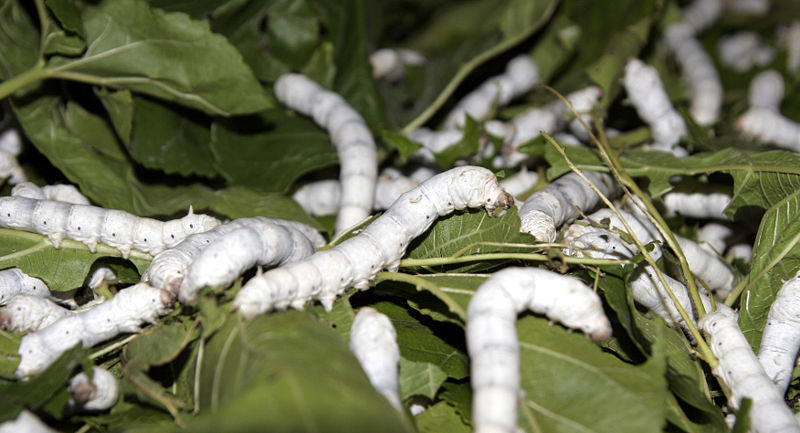Did you know silk is a protein fiber made from the saliva of silkworms? It is the fiber that silkworms weave to make their cocoons (outer casings) that protect them during the pupal stage. Scientists are now using silkworm techniques to develop a faster and simpler method of producing nanofibers.
Nanofibers
Nanofibers are gaining tremendous attention because of their numerous applications ranging from energy storage to environmental remediation. Existing techniques available for the synthesis of nanofibers such as electrospinning are all either complicated, slow or produce clumpy fibers.
Silkworms do this by secreting their sticky saliva onto a surface and then pulling its head back. This way, silkworms draw their saliva into a long thread.
Microadhesion-guided (MAG) spinning
Now, researchers from China’s Sichuan University inspired by adhesion-based silkworm spinning developed a faster and simpler way to spin nanofibers. It helped them produce continuous, uniform filaments in a quick and easy way with minimal equipment. This technique is known as microadhesion-guided (MAG) spinning.
Researchers did this by poking an array of tiny microneedles into a piece of foam soaked with a poly(ethylene oxide) solution. They then pulled the needles back out again. Researchers created different types of filaments by mimicking the way silkworms move their heads when making silk.







